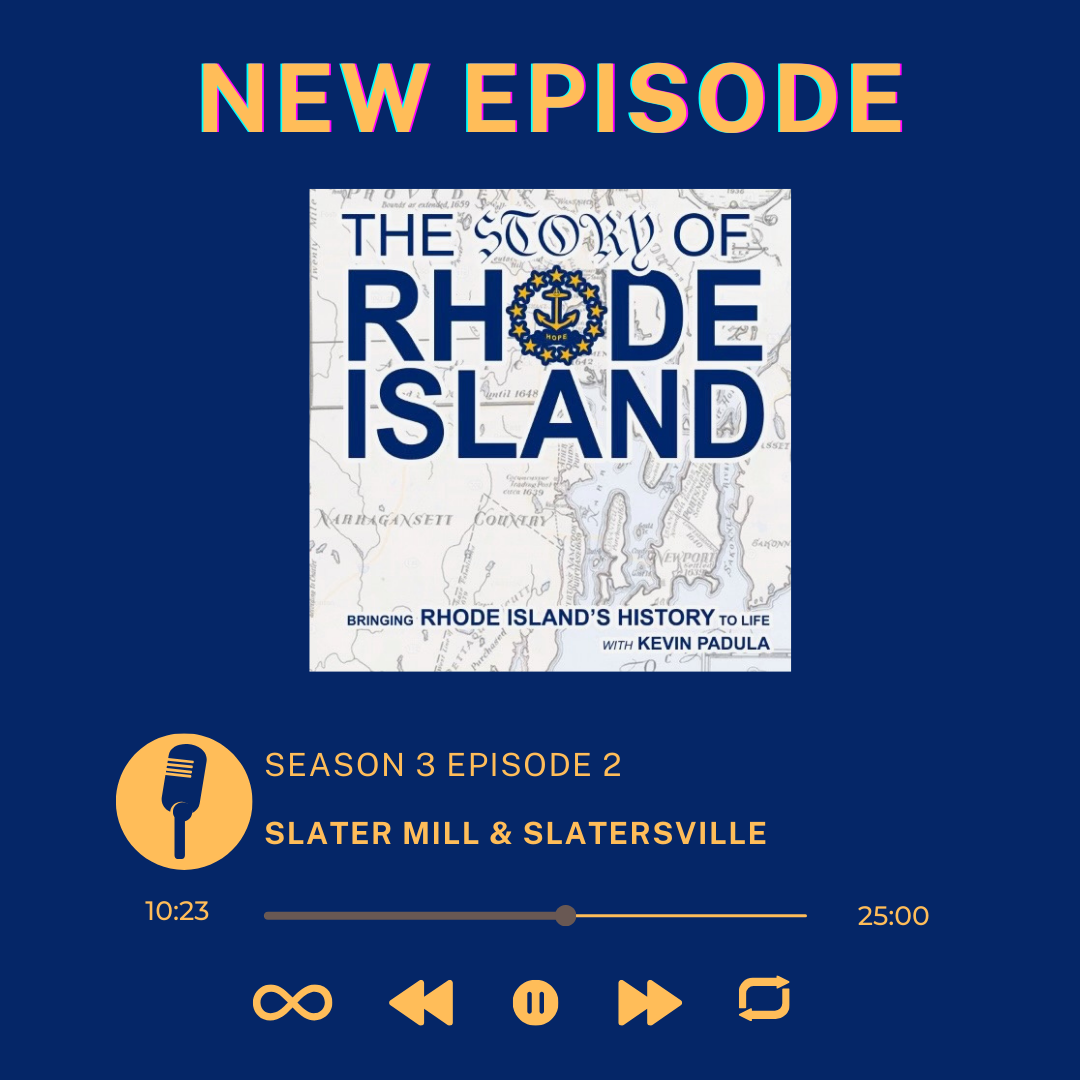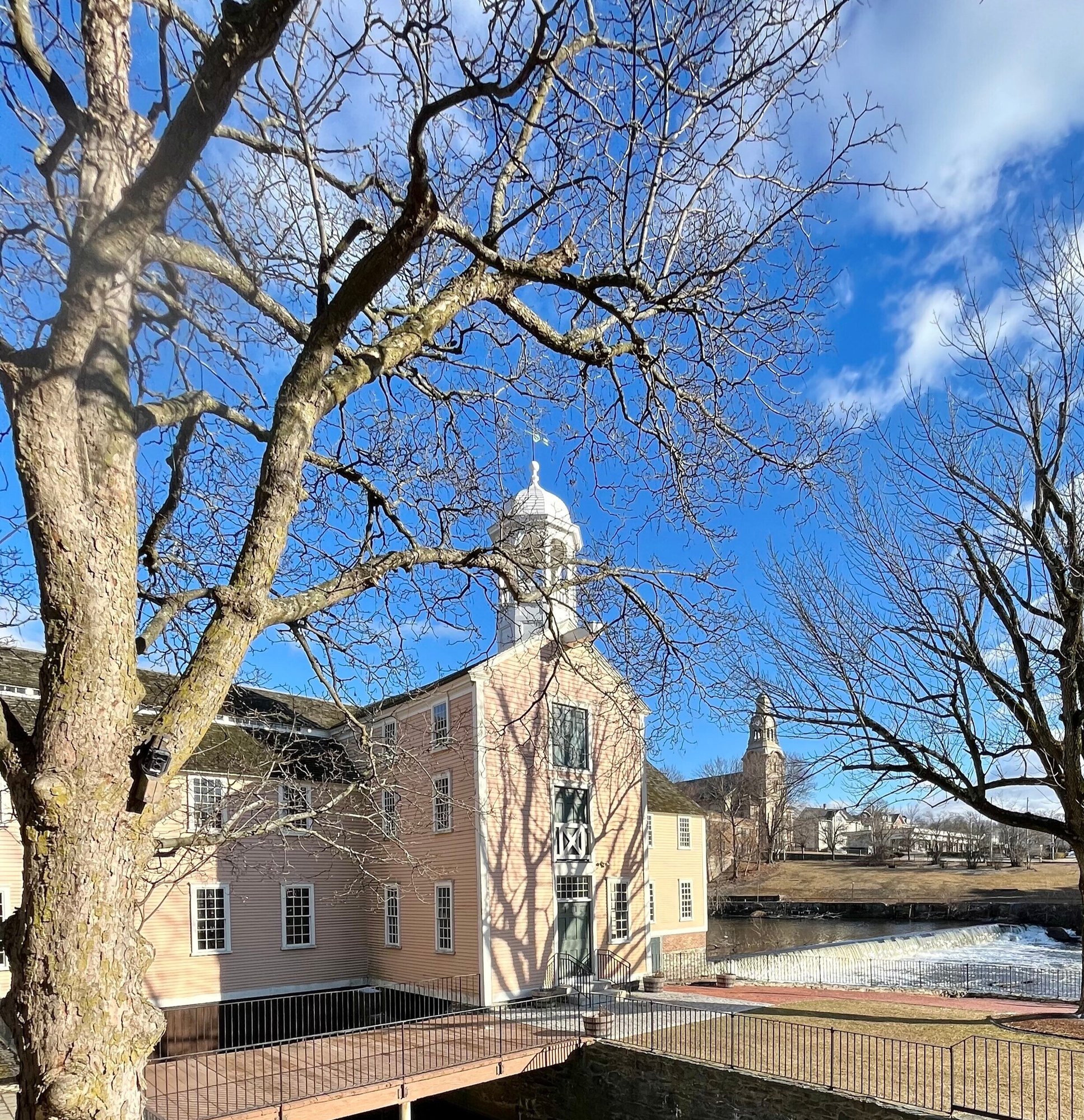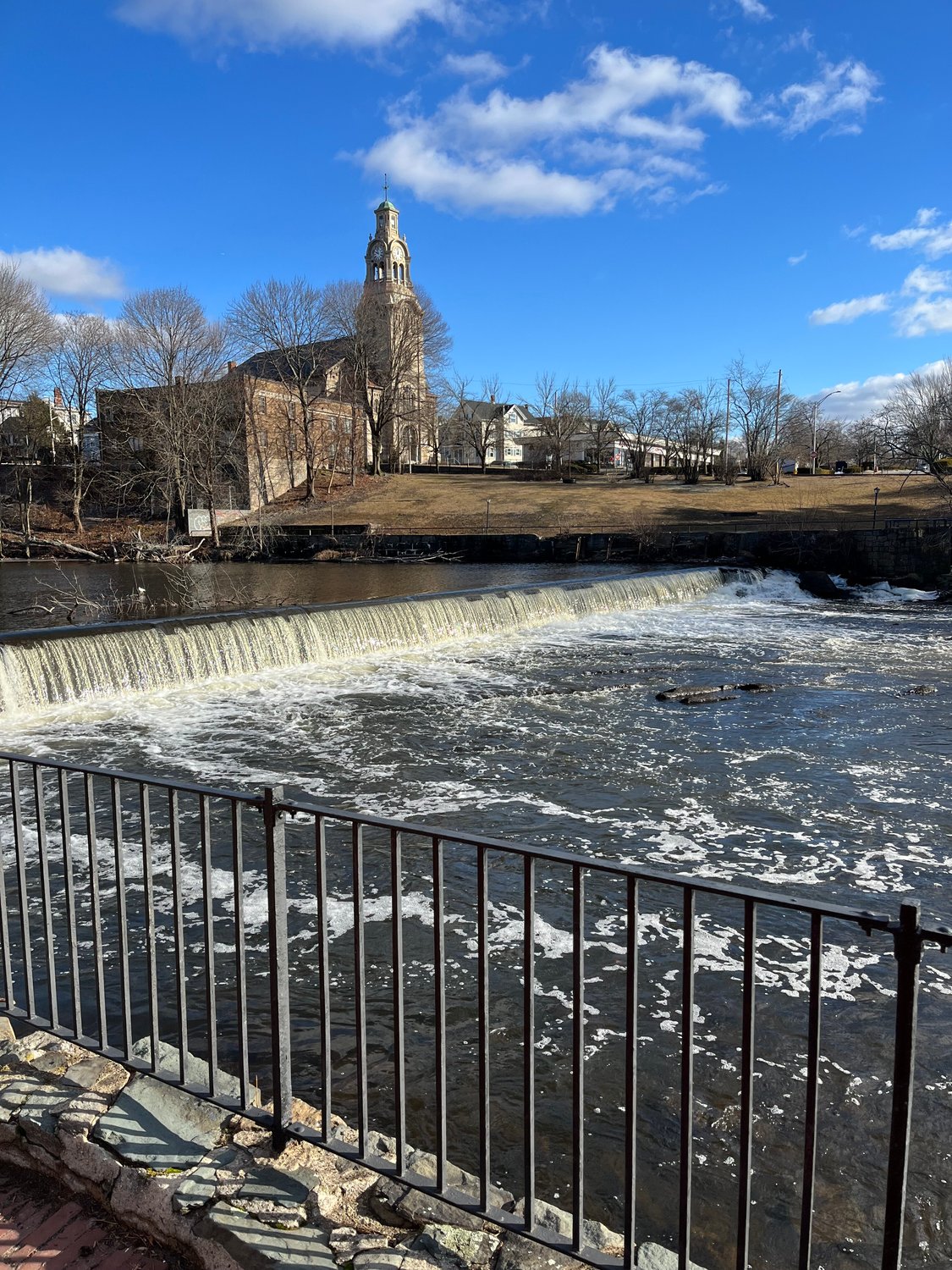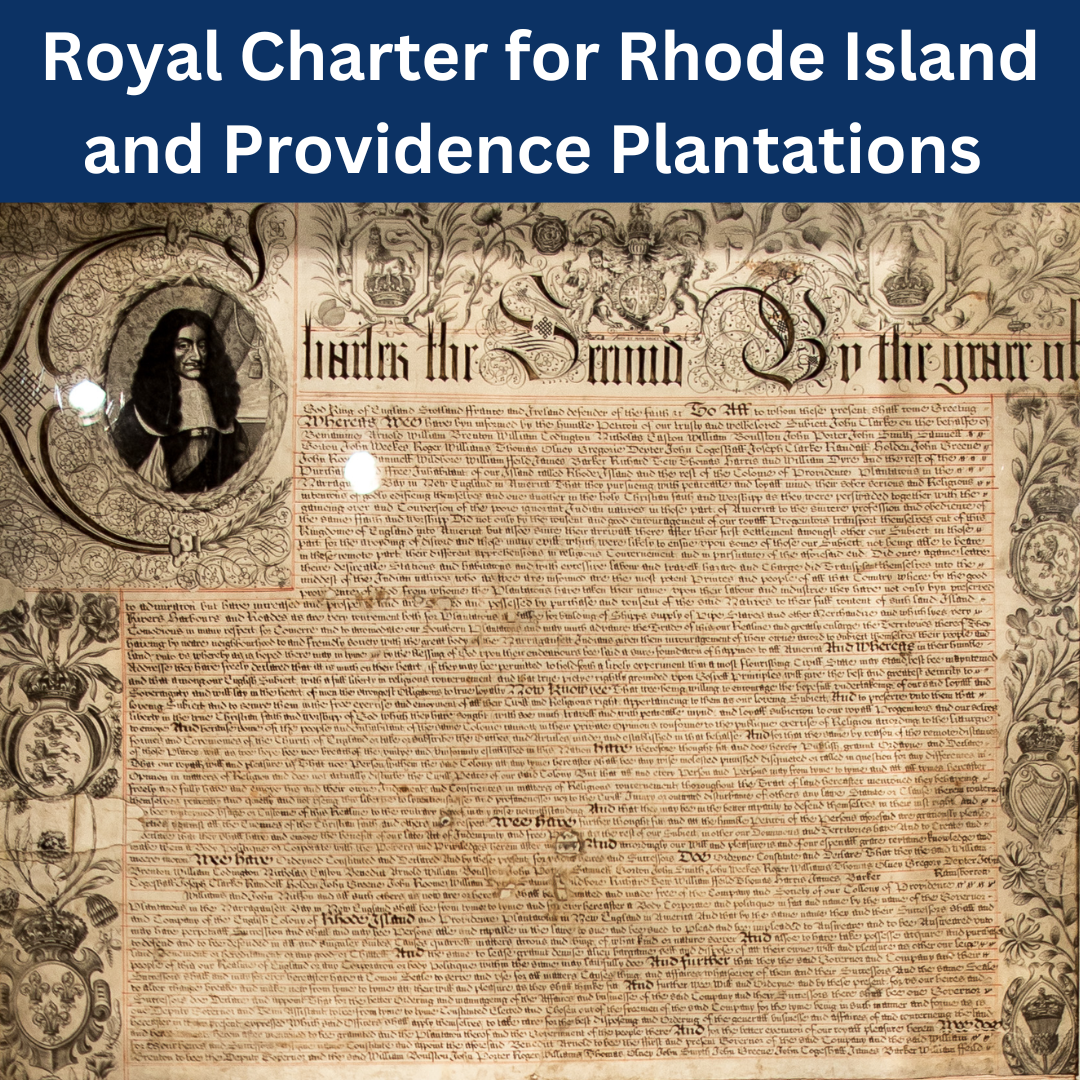Samuel Slater creates America's first water-powered cotton spinning mill and America's first factory town, giving Rhode Island the foundations it needs to move into the age of industrialization.
29 minutes | 1796 - 1807
Hear About:
📜The challenges Samuel Slater faced while at Slater Mill.
📜Why it took so long for industrialization to catch on in Rhode Island.
📜Why the society Samuel Slater built at Slatersville was uniquely American.

Samuel Slater
An immigrant from Belper, England who hoped to become a wealthy industrialist by recreating Richard Arkwright's water-powered cotton spinning technology in America.
John Slater
Younger brother of Samuel Slater, John played a critical role in founding and overseeing Slatersville.
The Everyday People of Slatersville
Largely made up of destitute families who previously lived a life of agriculture, the people who lived in Slatersville moved there because they were in desperate need of work.

Slater Mill | Pawtucket, RI
Built in 1793, Slater Mill was the first water powered textile mill in America and largely considered to be the birthplace of the American Industrial Revolution. However, the mill was not always such an inspirational place for Slater as he had to deal with an unruly workforce and business partners who often failed to give him the support he needed to smoothly run his textile operation.

.jpeg?width=1200&length=1200&name=IMG_5727%20(1).jpeg)


Slatersville| North Smithfield, RI
A little more than a decade after founding America's first water powered textile mill, Slater went on to found America's first factory town called Slatersville. The village enabled Slater to become a wealthy industrialist by leaning on a system of employment known as "The Rhode Island System". The system involved the creation of an entire village solely dedicated to manufacturing textiles. Slater would not only employee children to work at the mill but often all or multiple members of their family as well.

Brief History of The Blackstone River
The National Park Services states that "The Blackstone was formed about 10,000 years ago" when "a massive glacier slowly made a U-shaped valley with a flat bottom and steep walls. As it melted, the glacier became the first waters of the Blackstone River". Native Americans called the river was the "Kittacuck", which means geat tidal river and the English eventually named it after William Blackstone, a reverend who settled in present day Cumberland a year before Roger Williams founded Providence.






Slater Mill Through the Years
First built in 1793, Slater Mill continued producing textile products until 1895 and remained an industrial building until 1920. In 1921, the Old Slater Mill Association was founded so that the mill could be restored to its 1835 appearance. Today the mill and its surrounding property is part of the National Park Service.

Rhode Island never physically lost its charter during the Dominion of New England
Although Rhode Island's charter was revoked in 1686, the leaders of their colony hid the physical document so that Governor Andros couldn't confiscate it. When news of the Dominion being disbanded made it to America in 1689, Governor Andros was removed from power and Rhode Island brought its charter out of hiding.
- The Transformation of Rhode Island, 1790-1860 by Peter J. Coleman
- Samuel Slater and the Origins of the American Textile Industry, 1790-1860 by Barbara M. Tucker
- Rhode Island: A History by William G. McLoughlin
- The Roots of American Industrialization, 1790-1860 by David R. Meyer
- Cultural Landscape Report for Slater Mill Historic Site by Blackstone River National Historic Park
- Rhode Island Historical Society Journal: Prosperity at the Wharves: Providence Shipping, 1780 - 1850 (May 1990)